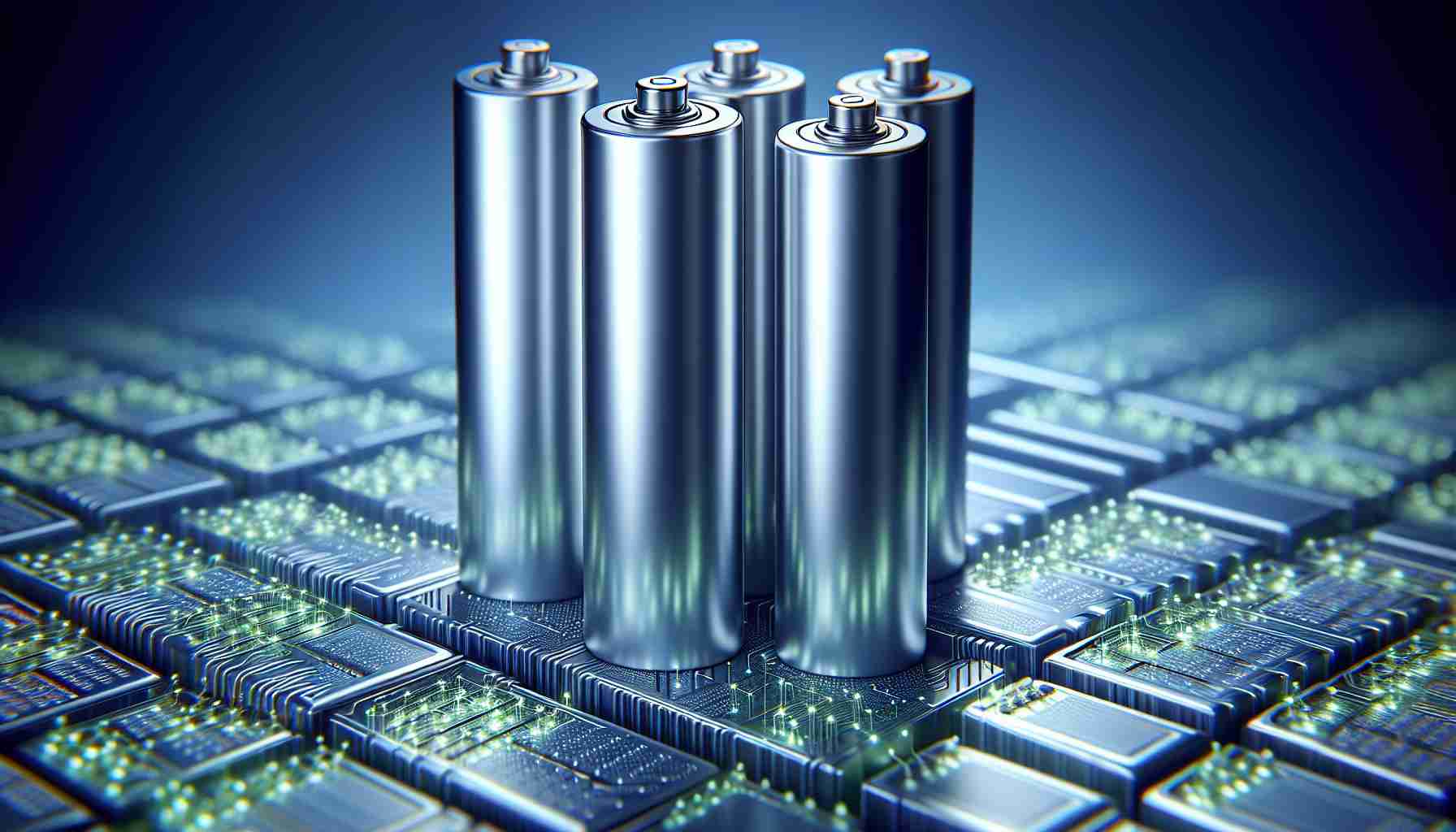Scientists from the Institute of Materials Technology and Engineering in Ningbo have developed a new thin Li6PS5Cl electrolyte membrane and conducted research on its electrochemical properties in lithium solid-state batteries. This important discovery in the field has been published in the journal Energy Material Advances.
One of the challenges researchers face is creating very thin layers of solid-state sulfide electrolyte. Although sulfide electrolyte is relatively easy to densify through cold pressing, the membranes typically have a thickness greater than 500 μm. The thick and heavy electrolyte layer leads to lower energy density than desired.
Professor Xiayin Yao from the Institute of Materials Technology and Engineering in Ningbo explained that the brittle nature of the sulfide electrolyte is also a problem, as it often causes cracking during battery charge and discharge cycles. This results in reduced battery lifespan and the potential for short circuits.
To tackle these challenges, scientists employed a wet coating technique to achieve thin Li6PS5Cl electrolyte membranes. The use of binding polymers with solid-state sulfide electrolytes proved to be a promising solution as it enables the creation of mechanically strong electrolyte layers.
However, finding suitable solvents and binding polymers that are chemically stable when in contact with sulfide electrolyte is crucial. Researchers consider the compatibility of sulfide electrolytes and solvents, as well as their ability to accommodate volumetric changes during battery cycles.
The researchers noted that advanced binding polymers with appropriate solvents are needed to create ultrathin, durable sulfide electrolyte membranes with high ionic conductivity. Additionally, finding compatibility between sulfide electrolyte and solvents poses a challenge.
The studies revealed that the application of the new coating technique resulted in free-standing Li6PS5Cl electrolyte membranes with exceptionally high ionic conductivity (1.23 mS cm−1) at room temperature. Battery tests showed that such thin electrolyte membranes can be used in lithium solid-state batteries, capable of enduring 1000 cycles at 0.2 C and at a temperature of 60°C.
The new technique for coating Li6PS5Cl electrolyte membranes opens up new possibilities for producing ultrathin electrolytes for lithium solid-state batteries. To further develop and enhance this technology, the research is funded by the National Key Research and Development Program in China, as well as other scientific initiatives at national and regional levels.
Reference:
Zhao, X., et al. (2024). Stable Binding-Enhanced Thin Sulfide Electrolyte Membranes for Lithium Solid-State Batteries. Energy Material Advances. doi.org/10.34133/energymatadv.0074
Source: https://english.bit.edu.cn/
FAQ Section:
1. What is the significant discovery by scientists from the Institute of Materials Technology and Engineering in Ningbo?
Scientists have developed a new thin Li6PS5Cl electrolyte membrane and conducted research on its electrochemical properties in lithium solid-state batteries.
2. What challenges do scientists face regarding solid-state sulfide electrolyte?
One of the challenges is creating a very thin layer of sulfide electrolyte with high energy density.
3. Is sulfide electrolyte easily densified?
Sulfide electrolyte is relatively easy to densify through cold pressing.
4. What problems are associated with sulfide electrolyte?
Sulfide electrolyte is brittle and often cracks during battery charge and discharge cycles, resulting in reduced battery lifespan and the potential for short circuits.
5. What solutions did scientists employ to overcome the challenges?
Scientists utilized a wet coating technique to achieve thin Li6PS5Cl electrolyte membranes by using binding polymers with solid-state sulfide electrolytes.
6. What parameters are important in choosing solvents and binding polymers?
Researchers consider the compatibility of sulfide electrolytes and solvents, as well as their ability to accommodate volumetric changes during battery cycles.
7. What were the results of the research?
The results showed that the new coating technique allowed for the production of ultrathin Li6PS5Cl electrolyte membranes with high ionic conductivity (1.23 mS cm-1) at room temperature. Battery tests demonstrated that such thin electrolyte membranes can endure 1000 cycles at 0.2 C and at a temperature of 60°C.
8. What possibilities does the new coating technique for Li6PS5Cl electrolyte membranes open up?
The new technique enables the production of ultrathin electrolytes for lithium solid-state batteries.
9. What research is being funded to further develop this technology?
The research is funded by the National Key Research and Development Program in China, as well as other scientific initiatives at national and regional levels.
Dictionary:
– Electrolyte: A substance that conducts electric current through an electrochemical ion reaction.
– Membrane: Thin layer or application that separates different substances or areas.
– Sulfide: Compounds containing sulfur in their composition.
– Ionic conductivity: The ability of a substance to conduct electric current through the movement of ions.
– Charge and discharge cycles: Processes of charging and discharging batteries.
Suggested links:
– Institute of Materials Technology and Engineering in Ningbo homepage
– Energy Material Advances
The source of the article is from the blog mgz.com.tw
